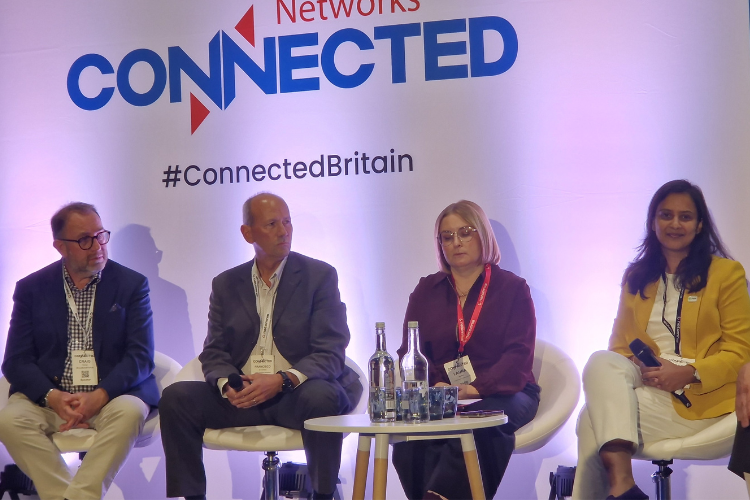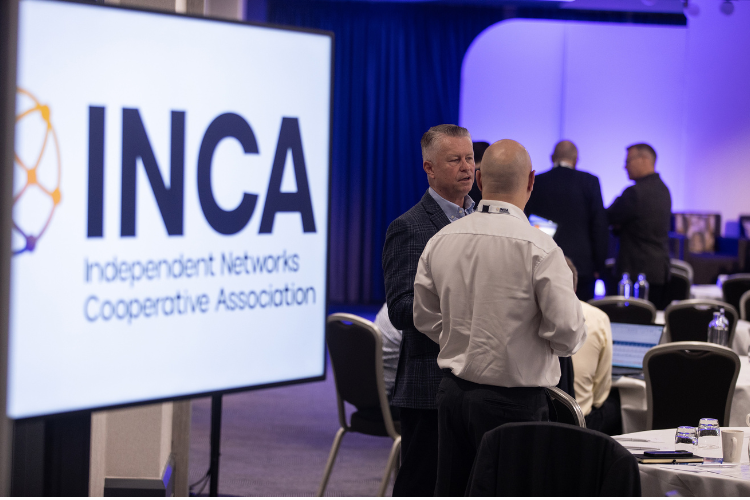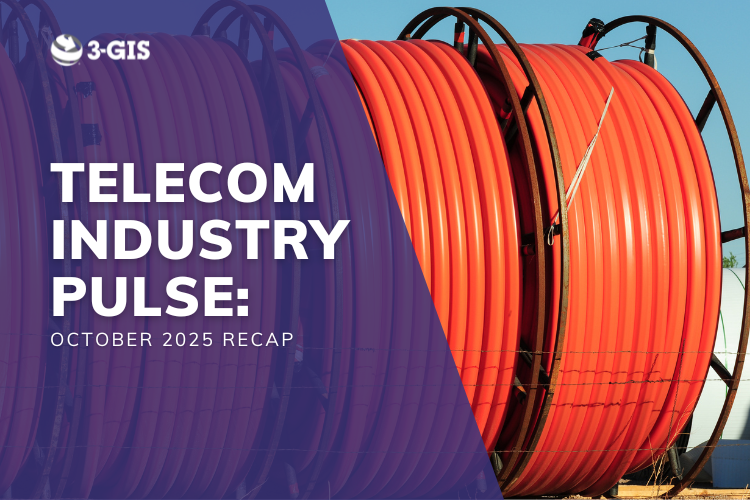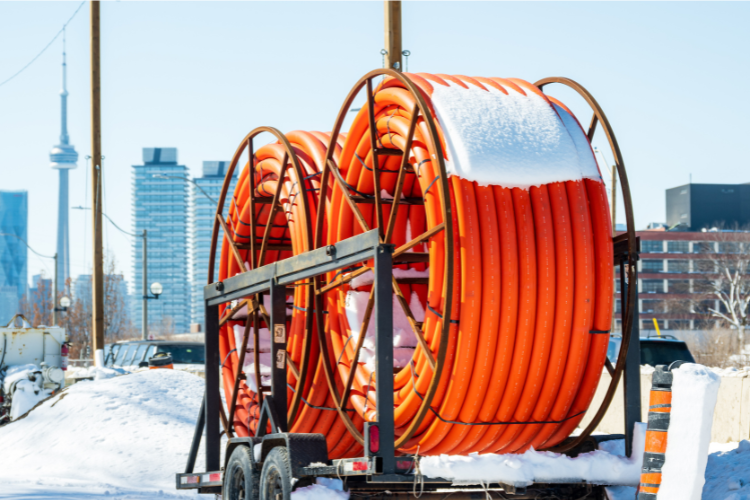Over two full days last month, ExCeL London became the buzzing hub for Connected Britain 2025, where industry insiders, innovators, and policy voices converged to wrestle with the challenges and opportunities of UK connectivity. As someone who walked the floor and listened to various panels sessions, here are my key takeaways.
Laying out the challenges ahead
The opening day of Connected Britain was heavy on framing the big picture and kicked off with keynote speeches from leadership at the UK’s largest telco operators including BT and Virgin Media O2. There was concern raised about the level of costs (from regulation, compliance, energy bills, and business rates) putting the UK at a disadvantage compared to some of its European peers. This put the focus on a need for regulatory and fiscal stability for investment to be sustained. That resonated in many other sessions throughout the day which discussed the balance between ambition and the practical economics of network deployment.
Elsewhere in the “Connected Networks” and “Gigabit Britain” areas there were many recurring themes such as:
- The need for more efficient deployment methods such as civil works, planning, wayleaves and shared infrastructure.
- The role of AI, digital twins, and predictive planning tools to reduce risk, optimise deployment, and anticipate demand.
- The strategic importance of demand stimulation: uptake, affordability, and service bundling remain a critical factor.
Inclusion. Innovation. Action.
One of the frequent messages was that digital inclusion cannot be an afterthought. The “Connected Society” streams stressed that as we push hard on rolling out gigabit and 5G, we must not leave rural, underserved, or low-income communities behind. Policy levers, subsidies, targeted programs, and public–private collaboration all came under intense discussion.
Another highlight was a sharper focus on local authorities and place-based strategies. Councils and regional bodies are no longer just passive consumers of connectivity plans; many are becoming active partners, deploying dark fibre, investing in digital infrastructure themselves, or packaging localised incentives.
Indeed, one particularly intriguing session was the joint presentation by Boldyn Networks and Sunderland City Council, where they laid out their blueprint for bringing smart-city connectivity to Sunderland. They described how they’re combining fibre, 5G, IoT, and LoRaWAN (Long Range Wide Area Network) infrastructure across the city to create a network that supports everything from autonomous mobility trials to environmental sensing. What stood out was the emphasis on integration over standalone silos where the connectivity backbone allows different systems (transport, utilities, public safety, environment) to share data, scale over time, and adapt to evolving city needs.
On network deployment, panels tackled the real obstacles including wayleave delays, planning bureaucracy, rights-of-way constraints, procurement models, funding gaps, and the challenge of coordinating across utilities, highways, and telecom stakeholders.
One panel discussed the “barrier busting” theme further and how these challenges might be overcome. The consensus was that we need more standardisation, increased adoption of technology, and new models for risk-sharing (particularly for rural and marginal geographies).
Another notable strand was skills, workforce development, and the digital gap. It’s not enough to build fibre; we also need people who can deploy, maintain, drive adoption, and innovate services. Training, reskilling, and apprenticeship models all featured heavily across the agenda.
As the event wrapped up there was a palpable sense of urgency. We definitely have momentum, and now is the time to execute, remove friction, and deliver on the promise of a truly connected Britain.
Reflections and what comes next
Leaving the event with a sense of optimism and realism, I noted down a few reflections:
- The ambition is broad, but the devil is in the detail. High-level goals such as universal gigabit access are embraced across the industry. But what will determine success is how we address the less visible challenges such as planning approvals, civil coordination and demand stimulation.
- The connectivity journey is multi-layered. Fibre, 5G, wireless backhaul, satellites, and edge computing create a complex ecosystem so interoperability and orchestration will be essential.
- Inclusion needs to stay front and centre so that the “last mile” does not become a gap. Ensuring marginalised or remote communities aren’t left behind remains a strategic imperative.
- The public and private sectors must lean in together. Coordination between central government, local authorities, regulators, and operators will be the linchpin of success and incentives need to be aligned, and, where possible, work must be done to de-risk investments.
- Innovation is vital to push boundaries whether that is through AI tools, digital twins, or new processes and ways of working. The future is exciting, but scaling these innovations will require capital, partnerships, and technology integrations.
So as a final thought, we need continuous action and check-ins. Shows like Connected Britain can spark ideas and connections, but sustained follow-through is key. Partnerships, pilot projects, and initiatives need to be progressed, not just discussed.



